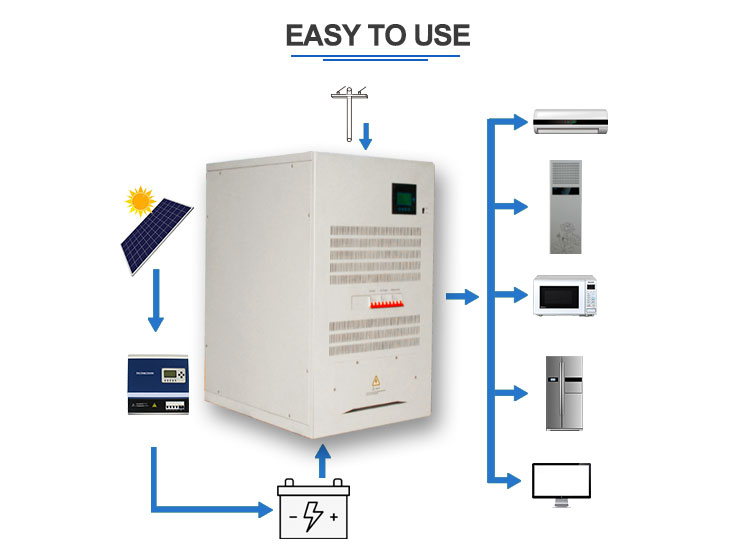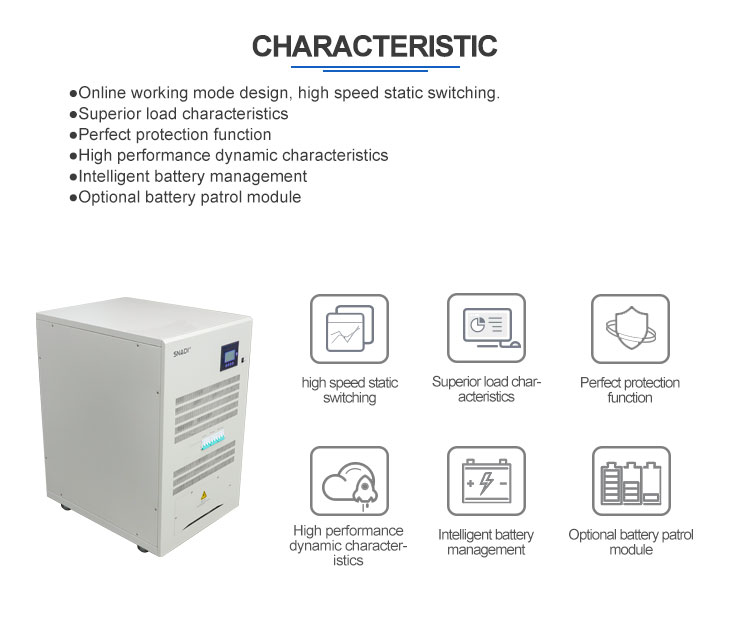The market of industrial robots in China is mainly concentrated in the automotive, auto parts, motorcycles, electrical appliances, engineering machinery, petrochemical and other industries. As the third largest demander of industrial robots in Asia, China has developed a stable market. In 2007, it assembled a total of 6,581 industrial robots, an increase of 14.05 percent over the previous year's installed 5,770 units. Manufacturing is still the main application field of industrial robots. With the continuous adjustment of industrial structure adjustment and the transfer of international manufacturing centers to China, China's robot market will further increase and the market expansion speed will be further improved. This paper reviews the key technologies and applications of industrial robots. Robot control technology The robot control system is the brain of the robot and is the main factor determining the function and performance of the robot. The main task of industrial robot control technology is to control the position, attitude and trajectory of industrial robots in the workspace, the sequence of operations and the time of action. It has the characteristics of simple programming, software menu operation, friendly human-computer interaction interface, online operation prompts and easy to use. Key technologies include: (1) Open modular control system architecture: adopts distributed CPU computer structure, which is divided into robot controller (RC), motion controller (MC), photoelectric isolation I/O control board, sensor processing board and programming Teaching box and so on. The robot controller (RC) and the programming teach pendant communicate via the serial/CAN bus. The main computer of the robot controller (RC) completes the motion planning, interpolation and position servo of the robot, as well as the functions of the main control logic, digital I/O, sensor processing, etc., and the programming teaching box completes the display of information and the input of the keys. (2) Modular and hierarchical controller software system: The software system is built on the open source-based real-time multitasking operating system Linux, which adopts layered and modular structure design to realize the openness of the software system. The entire controller software system is divided into three levels: hardware driver layer, core layer and application layer. The three levels face different functional requirements, corresponding to different levels of development. Each level in the system consists of several modules with opposite functions. These functional modules cooperate with each other to realize the functions provided by the level. (3) Fault diagnosis and safety maintenance technology of the robot: Diagnosing the robot fault through various information and performing corresponding maintenance is the key technology to ensure the safety of the robot. (4) Networked robot controller technology: At present, the application engineering of robots has evolved from a single robot workstation to a robot production line, and the networking technology of robot controllers has become more and more important. The controller has networking functions of serial port, field bus and Ethernet. It can be used for communication between robot controllers and robot controllers with the host computer, which is convenient for monitoring, diagnosis and management of the robot production line. 10KW-200KW Three-Phase Inverter
10KW-200KW Three-Phase Inverter
CHARACTERISTIC
Nkm Hybrid Inverter With Mppt Charge,Inverter Power Inverter,Hybrid Inverter Charger,Hybrid Grid Tie Inverter suzhou whaylan new energy technology co., ltd , https://www.nbwhaylan.com
â—Online working mode design, high speed static switching..Superior load characteristics
â—Perfect protection function
â—High performance dynamic characteristicselntelligent battery management
â—Optional battery patrol module

